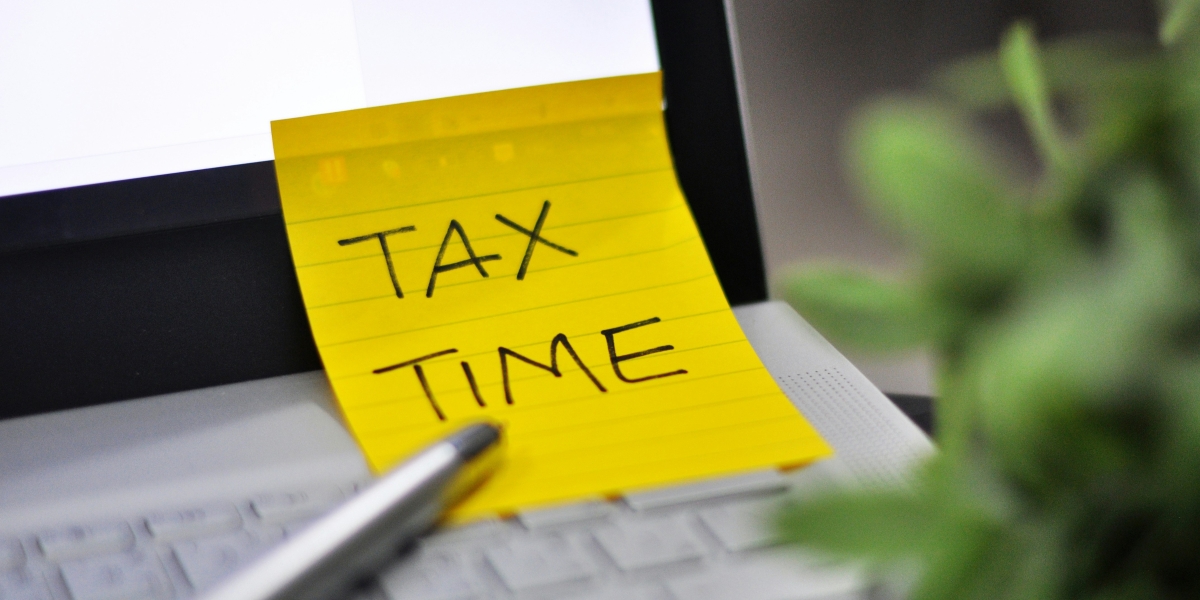Hanukkah, often called the Festival of Lights, is one of the most recognizable Jewish holidays. Its story reflects endurance, identity, and hope, commemorating a historical struggle for freedom and the rededication of the Second Temple in Jerusalem. The eight-day celebration combines family tradition, ritual, and reflection on the resilience of faith.
While Hanukkah isn’t the most religiously significant Jewish festival, it carries cultural importance across generations. In the United States, it has become both a spiritual and communal event, celebrated with menorah lighting, songs, and shared meals that connect past and present.
The Historical Roots of Hanukkah
Hanukkah dates back more than two thousand years to the second century BCE, during the rule of the Seleucid Empire over ancient Judea. The Maccabean Revolt began when Jewish groups resisted the forced adoption of Hellenistic culture and the desecration of their temple. After reclaiming Jerusalem, the Maccabees rededicated the temple and sought to relight the menorah.
Tradition holds that they found only a small flask of purified oil—enough for one day—but it miraculously lasted for eight. This event became the basis for Hanukkah’s eight-day observance. Lighting the menorah serves as a reminder of endurance under oppression and the enduring spirit of faith.
The historical meaning continues to shape the way Jewish communities interpret resilience and identity. The story isn’t simply about military victory—it’s about the preservation of faith and freedom of worship, themes that remain deeply relevant.
Rituals That Connect Generations
Lighting the menorah is the most familiar Hanukkah custom. Each night, one additional candle is lit until all eight burn brightly. The act symbolizes both the original miracle and the spreading of light, representing perseverance in times of hardship.
Families often recite blessings, sing traditional songs such as Ma’oz Tzur, and display the menorah in windows to share the light publicly. Traditional foods, including latkes (potato pancakes) and sufganiyot (jelly doughnuts), are fried in oil to honor the miracle of the oil that lasted eight days.
Beyond the rituals, Hanukkah has grown into a bridge between cultural and religious identity. Many American Jewish families blend traditional customs with modern expressions—gift exchanges, community service, and interfaith gatherings. The holiday’s adaptability helps preserve connection while allowing it to evolve across different settings and generations.
The Symbolism of Light and Faith
The central image of Hanukkah—the light of the menorah—has become symbolic far beyond the festival itself. It reflects spiritual illumination, moral clarity, and the idea that even a small light can dispel great darkness. This message resonates widely, particularly in times of uncertainty or social division.
For many, lighting candles is both personal and collective. It acknowledges challenges but affirms endurance. Communities often hold public menorah lightings in cities across the United States, reinforcing visibility, unity, and inclusiveness.
The symbolism extends beyond religion into shared cultural values. The light represents courage, remembrance, and renewal—a message that continues to hold significance for people navigating their own forms of resilience and hope.
Hanukkah’s Place in American Culture
In the United States, Hanukkah holds a unique position within the broader winter holiday season. While historically a minor holiday, its prominence has grown as Jewish communities integrated into a predominantly Christian cultural calendar.
Public menorah displays, televised celebrations, and educational programs have helped bring awareness to Jewish traditions. This visibility allows Hanukkah to serve as both a celebration of Jewish identity and an opportunity for cultural exchange. Schools and civic institutions often incorporate Hanukkah discussions alongside Christmas observances to promote inclusivity and understanding.
The blending of religious tradition with cultural celebration highlights how faith can adapt within diverse societies. For many Jewish Americans, Hanukkah is a reminder of both belonging and distinct heritage—expressed through shared meals, prayer, and connection to community.
Contemporary Reflections on Freedom
Hanukkah’s story of liberation continues to inspire reflection on freedom in modern contexts. It encourages awareness of religious tolerance, cultural expression, and the right to self-determination. These values echo through contemporary discussions about identity and inclusion across the United States.
The holiday invites individuals to reflect on what freedom means within their own lives—whether spiritual, social, or personal. The Maccabees’ stand against oppression reminds people that faith and conviction can guide societies toward justice.
Modern celebrations often connect Hanukkah’s history to civic values like equality and resilience. Through public events and educational outreach, Jewish organizations help link historical faith traditions with broader national ideals of freedom and expression.
Hanukkah as a Living Tradition
Hanukkah remains dynamic, shaped by community and time. Its story continues to find new meaning as families reinterpret rituals within contemporary life. The act of lighting candles, sharing meals, and gathering with loved ones reinforces continuity and belonging.
Each year’s celebration renews a connection between generations—children learn the stories their grandparents told, and families reaffirm the values that sustain them. The enduring nature of Hanukkah demonstrates how faith traditions adapt without losing their essence.
For many, it serves as a reminder that resilience, gratitude, and hope are not bound to one time or place—they are ongoing expressions of belief and unity.








